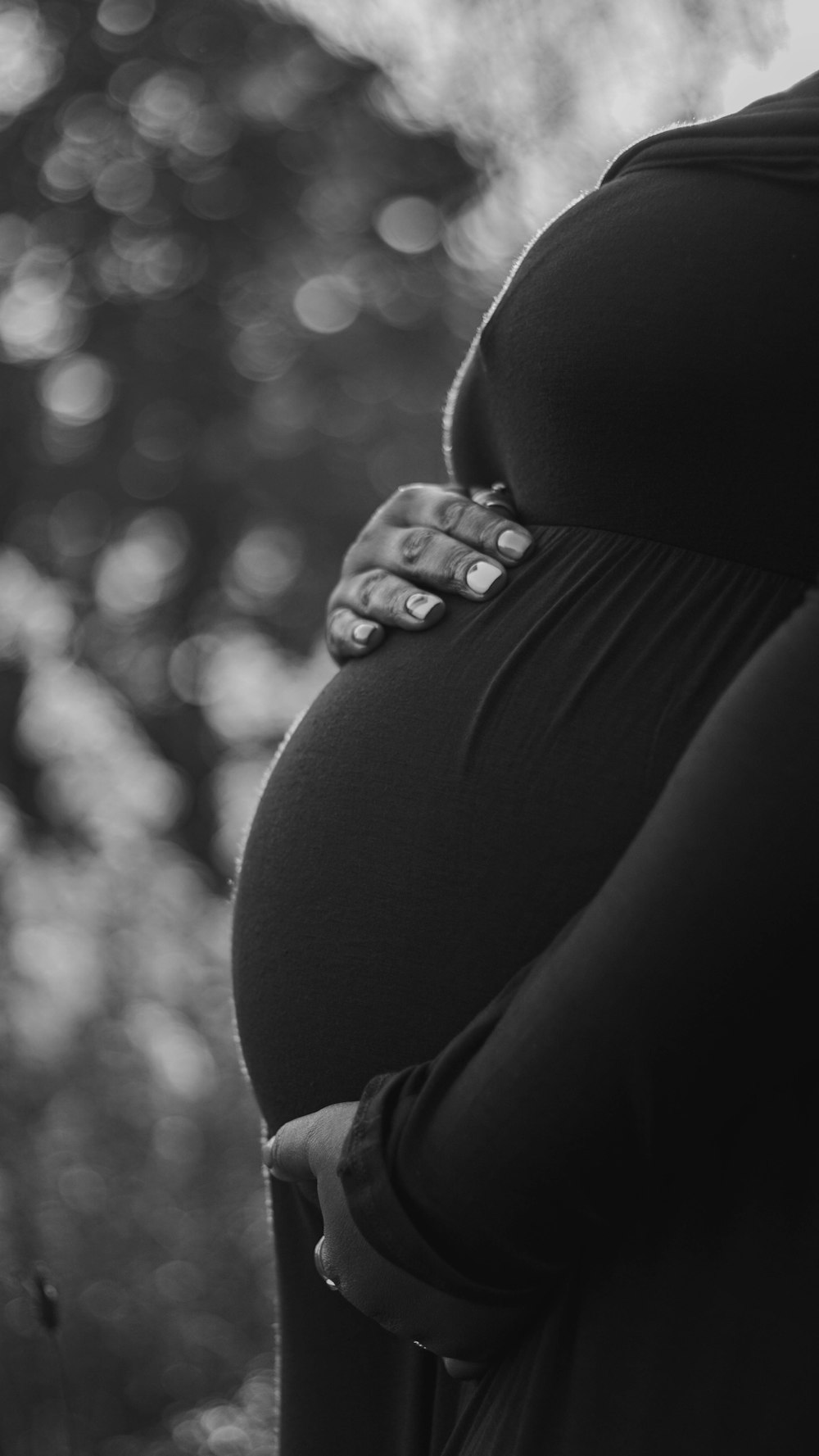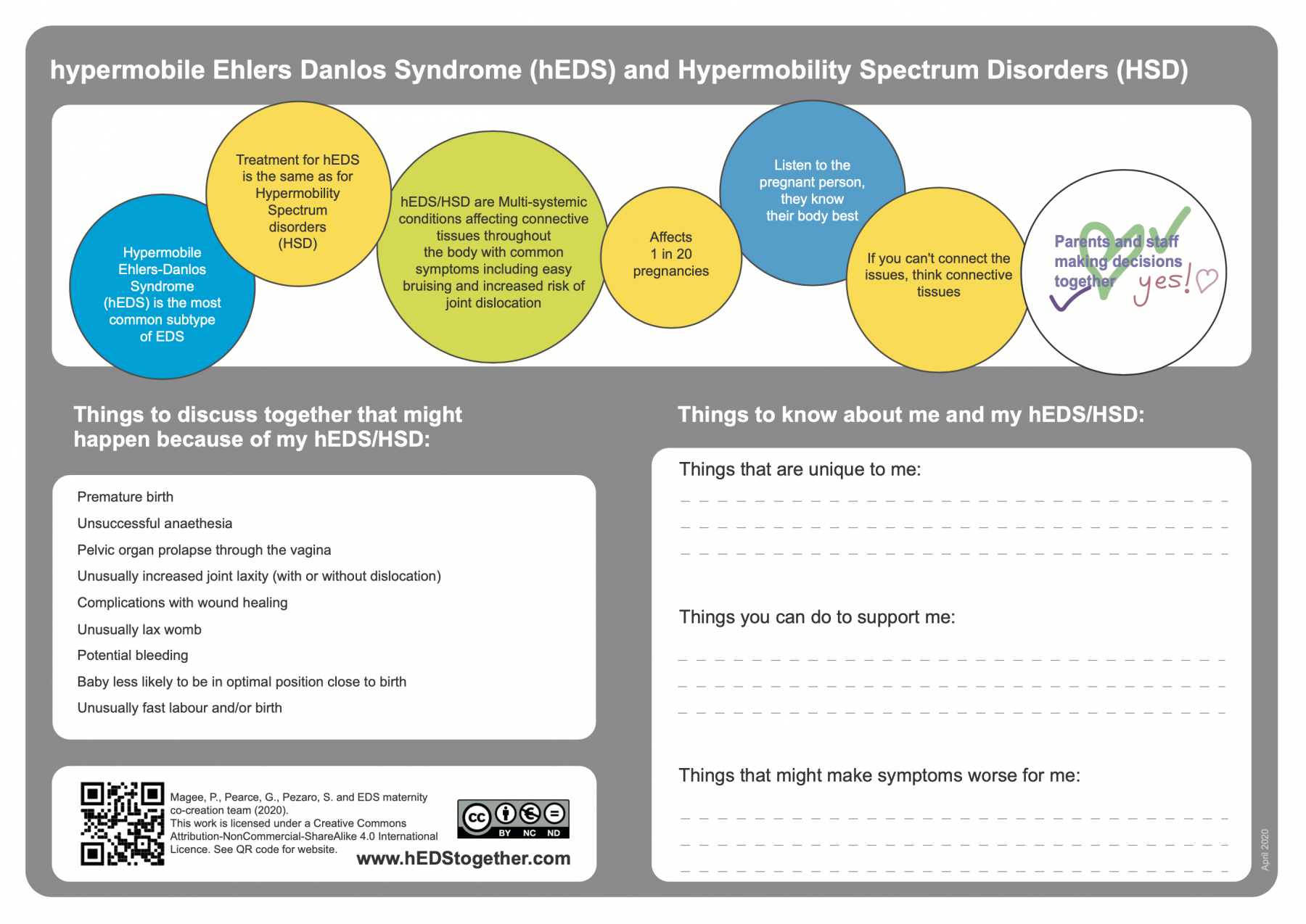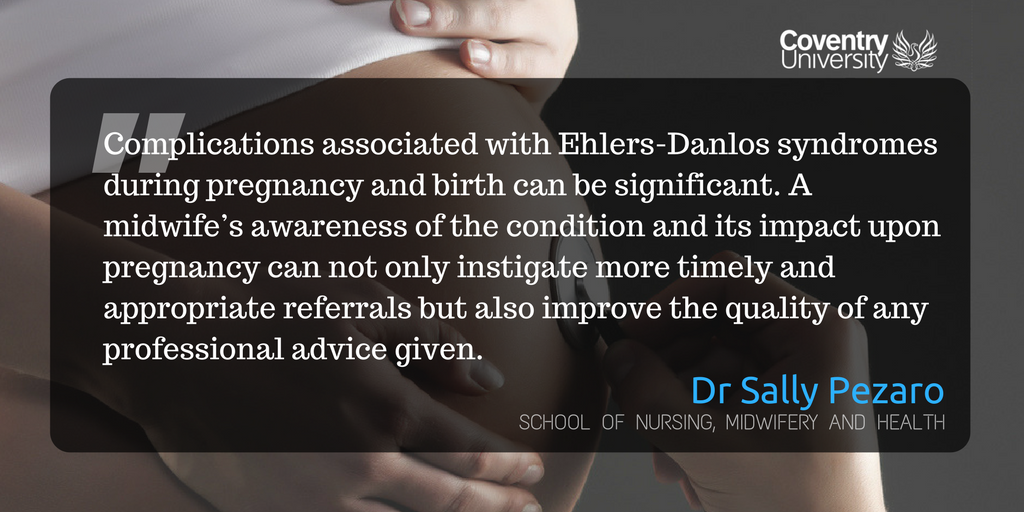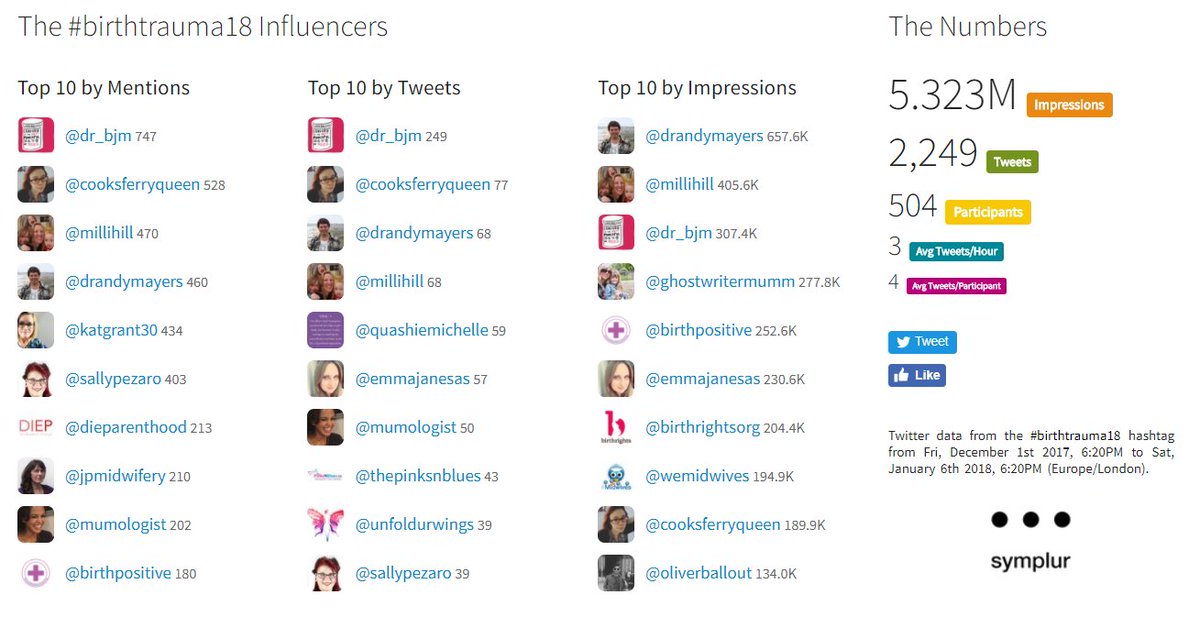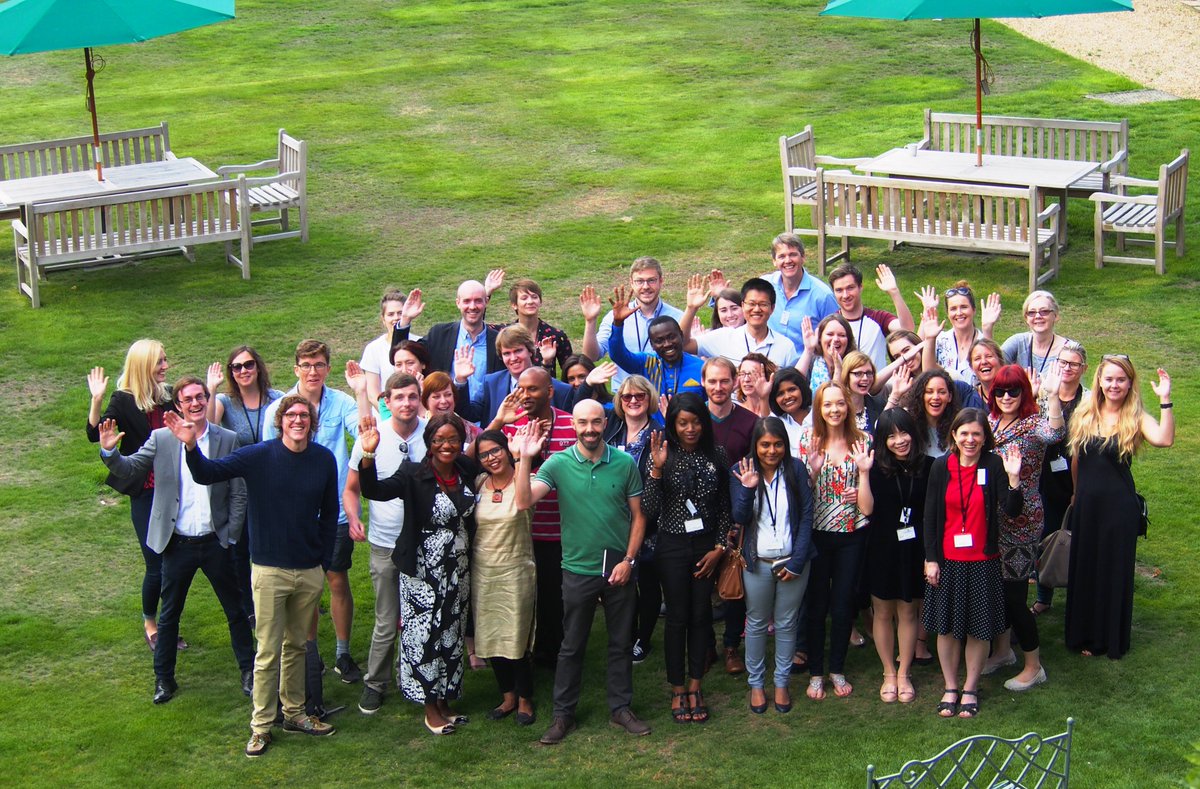This wisdom comes from the 10th annual ‘Life beyond the PhD’ conference () hosted at Cumberland Lodge. I was lucky enough to win a scholarship to attend and gather a multitude of hints and tips for my academic career…Now I plan to share them here for those who wish to read them…I have also experienced a viva voce examination…so these viva tips also come from me too.

What is a viva voce?
In a nutshell it is the oral assessment of your PhD Thesis.
So your first viva tip would be….know how a PhD/doctorate/thesis is defined!…Here is a sample of some of the key phrases and expressions relating to ‘doctorateness’:
-
worthy of publication either in full or abridged form;
-
presents a thesis embodying the results of the research;
-
original work which forms an addition to knowledge;
-
makes a distinct contribution to the knowledge of the subject and offers evidence of originality shown by the discovery of new facts and/or the exercise of independent critical power;
-
shows evidence of systematic study and the ability to relate the results of such study to the general body of knowledge in the subject;
-
the thesis should be a demonstrably coherent body of work;
-
shows evidence of adequate industry and application;
-
understands the relationship of the special theme of the thesis to a wider field of knowledge;
-
represents a significant contribution to learning, for example, through the discovery of new knowledge, the connection of previously unrelated facts, the development of new theory or the revision of older views;
-
provides originality and independent critical ability and must contain matter suitable for publication;
-
adequate knowledge of the field of study;
-
competence in appropriate methods of performance and recording of research;
-
ability in style and presentation;
-
the dissertation is clearly written;
-
takes account of previously published work on the subject.
Source: Searching for ‘Doctorateness’.
The problem is…..that a range of literature has pointed out the variability in examination processes across universities, individual examiners, disciplines. Yup, this can be a fairly subjective process. So it is your job within your thesis and within your viva to make your case and convince your examiners that your work is indeed doctoral work.
Within Wellington’s (2013) framework for assessing ‘Doctorateness’, there are seven categories listed for which doctorates may contribute original knowledge. Therefore, in order for ‘Doctorateness’ to be unequivocally established for your thesis, it is important to apply the categories of this framework to each component of your research. The table below was added to my own thesis in order to prove how and why my work was indeed doctoral work.
| Category number |
Category description |
Evidence |
| 1 |
Building new knowledge, e.g. by extending previous work or ‘putting a new brick in the wall’. |
The Delphi method has been used previously to assess the workplace needs of midwifery populations (Hauck, Bayes and Robertson 2012). Yet the views and opinions of an expert panel about the design and development of an online intervention designed to support midwives in work-related psychological distress have been gathered and presented for the first time within this thesis. |
| 2 |
Using original processes or approaches, e.g. applying new methods or techniques to an existing area of study. |
As the Delphi study presented within this thesis was a modified one, where the identity of experts remained unknown to the researcher, and free text response options accompanied each statement, it has also applied somewhat original processes and approaches to an existing area of study.
|
| 3 |
Creating new syntheses, e.g. connecting previous studies or linking existing theories or previous thinkers. |
Chapter one presents the first narrative review to integrate studies of midwives in work-related psychological distress (Pezaro et al. 2015). This original knowledge demonstrates how midwives working in rural, poorly resourced areas who experience neonatal and maternal death more frequently can experience death anxieties, where midwives working in urban and well-resourced areas do not. This creation of new syntheses connects previous studies and existing theories together to form new knowledge.
The mixed-methods systematic review presented within chapter three is the first of its kind to collate and present the current and available evidence in relation to existing interventions targeted to support midwives in work-related psychological distress (Pezaro, Clyne and Fulton 2017).
|
| 4 |
Exploring new implications, for either practitioners, policy makers, or theory and theorists. |
Chapter two makes an original contribution to ethical decision making, and may be extrapolated and applied to other healthcare professions who may also now consider the provision of confidential support online. |
| 5 |
Revisiting a recurrent issue or debate, e.g. by offering new evidence, new thinking, or new theory. |
The original research presented in chapter two contributes to an ongoing academic dialogue in relation to ethical decision making. |
| 6 |
Replicating or reproducing earlier work, e.g. from a different place or time, or with a different sample. |
The mixed-methods systematic review, presented in chapter three somewhat replicates earlier work from a different place, time, and with a different inclusion sample (Shaw, Downe and Kingdon 2015).
|
| 7 |
Presenting research in a novel way, e.g. new ways of writing, presenting, disseminating. |
The results of this research have been disseminated via popular media publications throughout. A further summary of this research is planned for publication. Furthermore, this research has also informed new guidance, published by the Royal College of Midwives, who also present the findings of this research in a new way. This new guidance is intended to guide heads of midwifery to support midwives experiencing work-related stress. Evidence of this can be found in Appendix 15.
|
Adapting this table to fit your own work should assist you in realizing how your own research can be argued to be doctoral work, both in your thesis and in your viva. Once this argument is clear in your own mind, your confidence should rise and enable you to direct your thoughts towards a really positive goal. Getting your PhD!…and not just because you want it, but because you are worthy of it! You have worked really hard for this opportunity, and seeing your work match up to this framework can really help you to visualize your successes. But now there are other things you can do to help you prepare…

Viva tips
Just because you have submitted your thesis, this does not mean you can sit back a relax until your viva day. Following a short break, and with fresh eyes, you should be revisiting your thesis and getting to know it really well. Also, be sure to keep up to date with any new research arising in your field, it may well be discussed in your viva!
Get to know your university’s policies and procedures. This will help you to prepare for how the viva voce may play out on the day. As your examiners will be drawing upon their own expertise, make sure that you also have a broad knowledge of their work!
Pick your battles. Fighting every point can be really jarring for everyone in the room, and your examiners need to see that you can accept constructive criticism and reflect. Decide what you will really defend, and what you are willing to let go of. This means that you will need to anticipate what your examiners may ask you. Here, it is a good idea to mock up some practice questions. Try defending the questions you fear most. This will help you to face your demons and formulate your arguments….constructively. An extra tip here would be to record yourself arguing your points. How do you sound? are you believable? How do you come across?
Having your supervisor with you can be very reassuring and comforting, although they may well not be allowed to speak during your viva voce. However, try to have them sit next to you or behind you, as eye contact or some other gestures, however well meaning may put you off your game.
Once you get to the viva, be prepared to break the ice. Your examiners are not ogres. They want you to pass! Starting your viva with a warm greeting can set the tone for the session, so don’t start with your defensive wall up too high! You can also set the scene with a short presentation to cover some broad points you anticipate coming up. Use this time to also show your knowledge and demonstrate your own unique way of thinking and working.
If there has been a long gap between your thesis submission and your viva, you may now have moved on to new ways of thinking or changed your original work to move on to a new project. Remember that this new work does not count in your viva. You must remain focused on what you submitted.
If the discussion moves to really complex debates, it is important to keep your cool, remain professional and don’t turn into a robot who has learnt their responses off by heart. Also, don’t be overly humble or point out your own weaknesses directly…if they are raised by the examiners, then you can show respectful considerations to other methods, but it is still important not to shoot yourself in the foot.
Your viva can last a good few hours…it is basically a brain marathon! So you will need to prepare both mentally and physically. This means de-stressing, eating and sleeping well…and generally giving time to your own self care regime. If you need a break during the session, don’t be afraid to ask for one. If you feel overwhelmed at any time, take a constructive pause to write or read and deliberate. It can’t be an extremely emotional and draining experience.
However, some people can enjoy their viva. After all, you will be speaking about your own work with experts in the field for some time. This is a chance to show off, be proud of what you have achieved and even learn more! Thinking in this positive way may make the viva experience not seem so daunting.
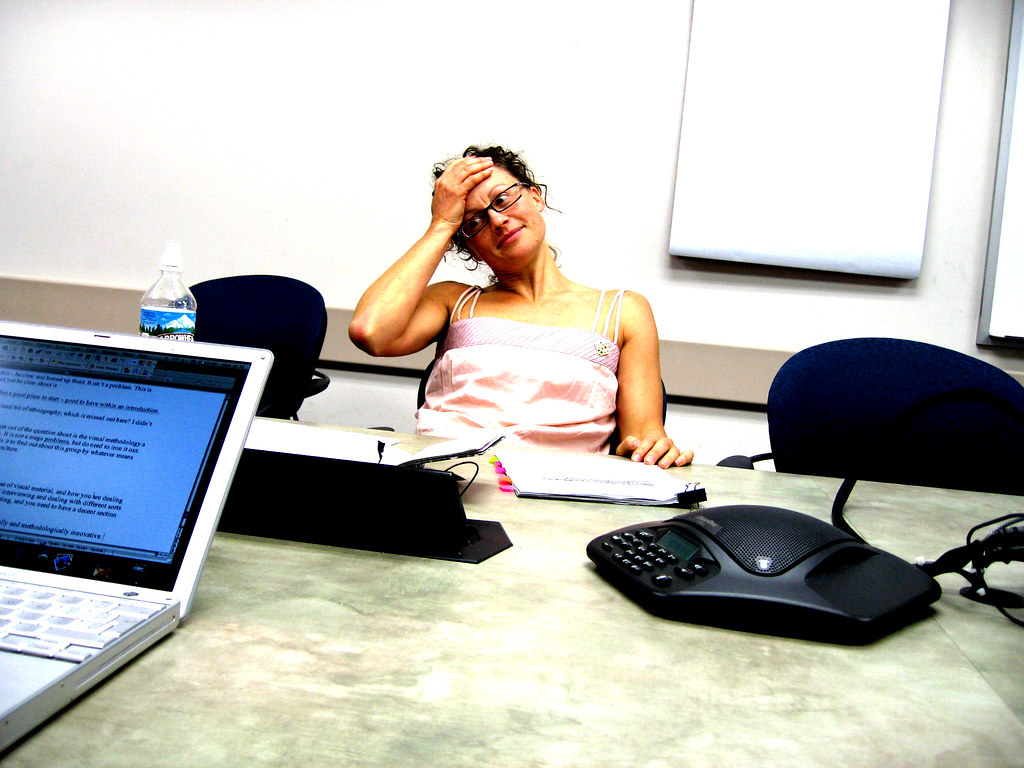
I personally found my own viva experience very daunting, emotional and stressful. However, my examiners were not ogres…they too wanted me to pass and to help me make the best of my work… Following the submission of my revised thesis, I realized how much better my thesis now is because of this viva process and the input of my examiners. Having now gone beyond the viva process, I believe that I have truly earned my PhD. I worked hard for it. It didn’t come easy. It was a brain marathon. But would a PhD really be worth having if it was easy to achieve?
I can also now reflect on this process and learn from it. It is an experience that will certainly stay with me and enrich my future work. I hope it will also enable me to improve my own examination and supervisory skills in future.
If you would like to follow the progress of my work going forward..
Follow me via ; The Academic Midwife; This blog
Until next time…Look after yourselves and each other 💚💙💜❤




